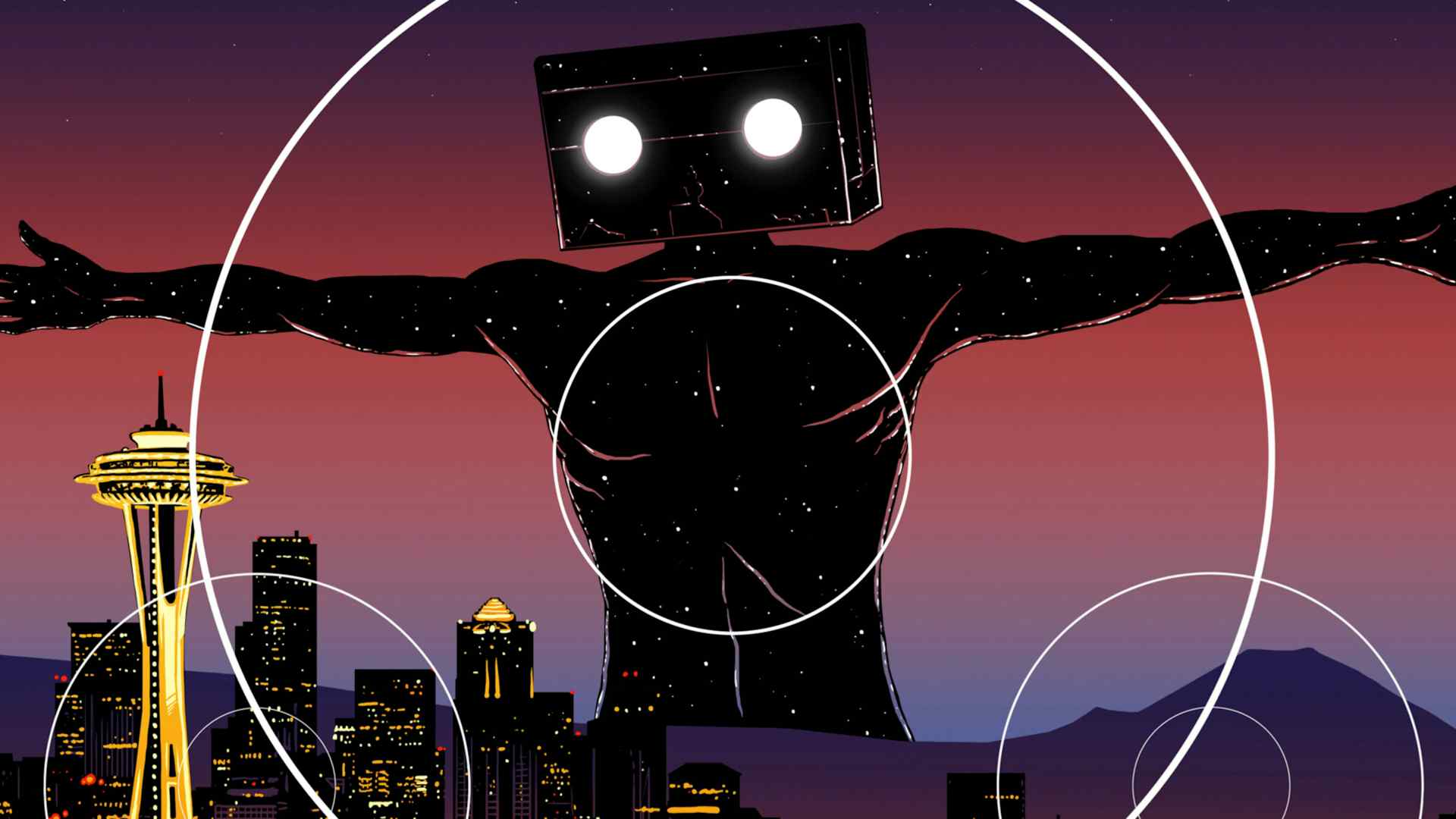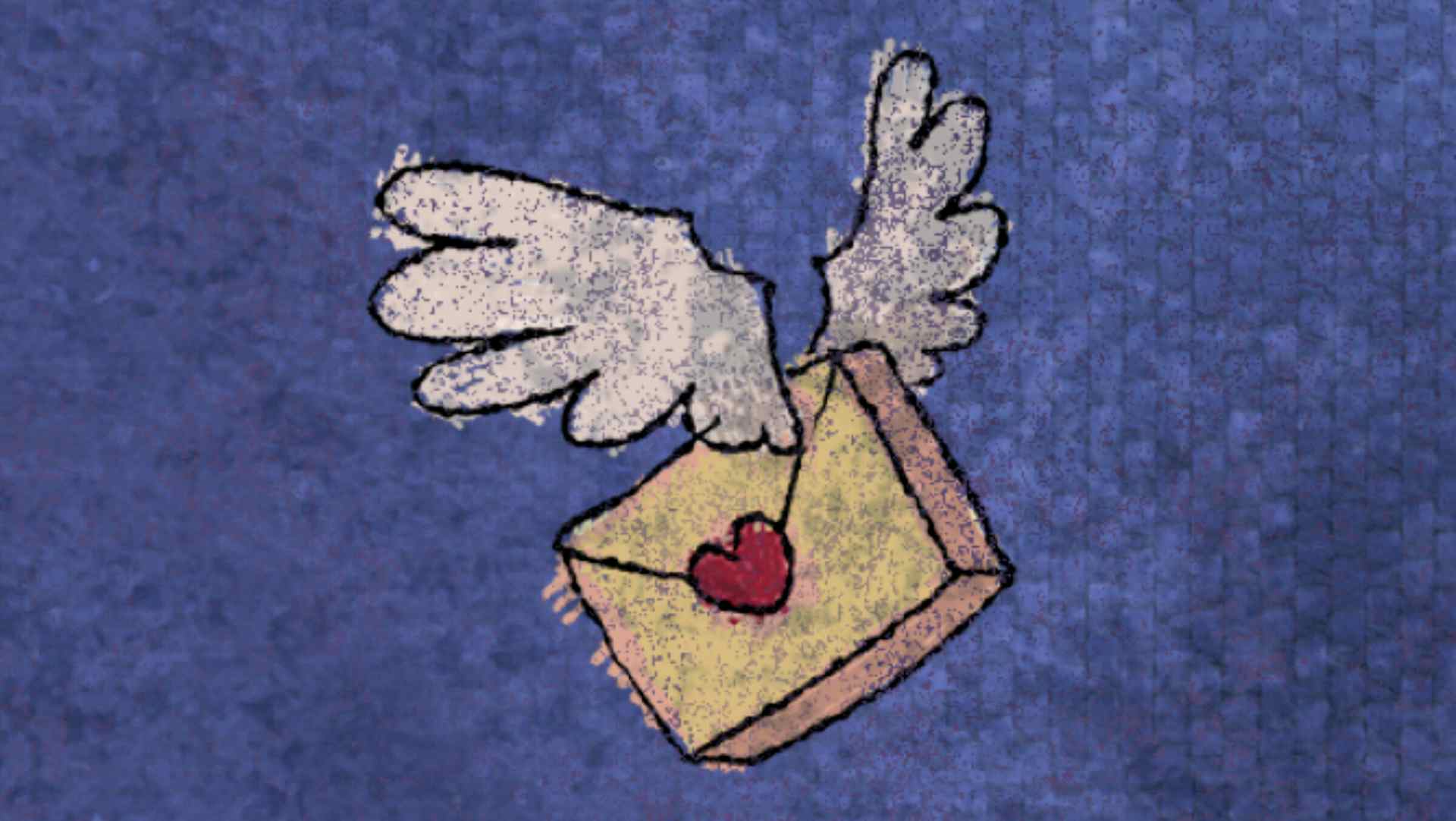Robert Horton is a Scarecrow board member and a longtime film critic. This series of "critic's notes" is chance to highlight worthy films playing locally and connect them to the riches of Scarecrow's collection.

On Sunday September 29, SIFF is paying tribute to Ann-Margret with a screening of Bye Bye Birdie at the Egyptian. Sounds like a fun evening, and Ann-Margret surely has some stories to tell. There will be a Q&A accompanying the film.
I don't know who is moderating the Q&A, but I bet it won't be Aaron Brown, longtime Seattle TV anchor and subsequent CNN and ABC anchor-correspondent. Brown did the onstage interview with Ann-Margret at SIFF back in—actually, I don't know what year, but a long, long time ago. It was one of the cringiest evenings in the history of the Seattle International Film Festival, and that is saying something, even if it seems to have vanished into a memory hole.
The short version is that Brown's puckish, ironic persona (which made him kind of interesting as a local anchor on the otherwise formulaic Seattle news) was a very poor fit indeed for a festival tribute. He was too cutesy by half for the job, and Ann-Margret became visibly and understandably annoyed at how many times Brown brought up Kitten with a Whip, a film she was surely not eager to re-visit. If my memory is correct, one of the SIFF founders, probably Daryl Macdonald, came out on stage to force the agony to a halt.
Anyway. Let us assume things go more smoothly on Sunday. Meanwhile, this has me going through some of my old reviews of Ann-Margret's films, a number of which are well worth noting. I found a short one for John Frankenheimer's 52 Pick-Up, in which she is very good indeed, and another for Hal Ashby's Lookin' to Get Out, which is not such a good film, but is certainly an interesting curio. I don't write too much about Ann-Margret herself in either film, but she adds a lot of value to both titles. (Originally written for The Herald and Amazon editorial reviews, respectively.)
52 Pick-Up
52 Pick-Up is a complicated and clever story from Elmore Leonard's novel; the fact that Leonard had a hand in writing the screenplay probably accounts for much of the tasty dialogue and weird characters (it is, to say the least, closer to Leonard's writing than the mess Burt Reynolds made of Stick).
This one's about a businessman (Roy Scheider) blackmailed for his extramarital dalliance with a young "dancer" (Kelly Preston) by three very wacko villains (John Glover, Robert Trebor, and Clarence Williams III). Scheider can't go to the police and come clean because that would mean the end of the political career of his wife (Ann-Margret).
So he has to take things into his own hands, with some satisfying results. It's a good little thriller—though one might have expected, and occasionally gets, a bit more, considering that it was directed by John Frankenheimer.
Frankenheimer's career is ripe for resurrection. Some of the films he made durinf the 1960s—most of all The Manchurian Candidate—are among that decade's best. But he's been wandering in the wilderness for years.
52 Pick-Up has just enough quirkiness to suggest that Frankenheimer still has it in him. And some of the early dissolving-marriage scenes between Scheider and Ann-Margret are exceptionally grown-up and tart, to an extent you don't see much in movies these days. Before it surrenders to conventional plotting, 52 Pick-Up is an exciting film.
Lookin' to Get Out
The Oscar-winning film editor-turned-director Hal Ashby had an undeniable hot streak in the 1970s: from Harold and Maude to The Last Detail, from Shampoo to Coming Home, Ashby's ragged style and politically-aware attitude were all over movie theaters. Thanks to some combination of bad luck and personal demons, Ashby hit the wall as the 80s began--which is when he embarked on Lookin' to Get Out, a barely-released Vegas comedy. Based on a script co-written by Ashby's Coming Home star, Jon Voight, the film follows two hustling buddies (Voight and Burt Young) as they scramble to raise funds to pay off a gambling debt. They get comped a fancy suite when Young gets mistaken for an old pal of the hotel owner, but will their good luck hold when they stake a gifted blackjack player (Bert Remsen in rare form) to a run in the casino? Adding spice is Ann-Margret, as a former Voight flame who just happens to be the current girlfriend of the hotel magnate. (Footnote to film history: her daughter is played by a very young Angelina Jolie, Voight's real-life daughter, in her film debut.) The set-up is unremarkable, but the film is distinguished by a couple of factors. One is that in the early sequences, Ashby and cinematographer Haskell Wexler capture a splendidly gritty urban feel that links this movie to the American cinema of the 1970s. The other is the sheer unlikability of Voight's character and performance. It's one thing to offer a self-destructive exploiter who serves as a kind of anti-hero, and quite another to give him a vague, incoherent reading that dribbles away into Cassavetes-like floundering right before your eyes. Bizarre. The film's DVD release is a significantly altered version from the movie that flopped in 1982; Ashby had re-cut the picture and donated it to UCLA before he died in 1988, and that previously-unseen (even by Voight) cut is immortalized here. It's an interesting, oddball movie, the kind of thing that could only have been brought off, and indulged, by Hal Ashby.
September 27, 2024


